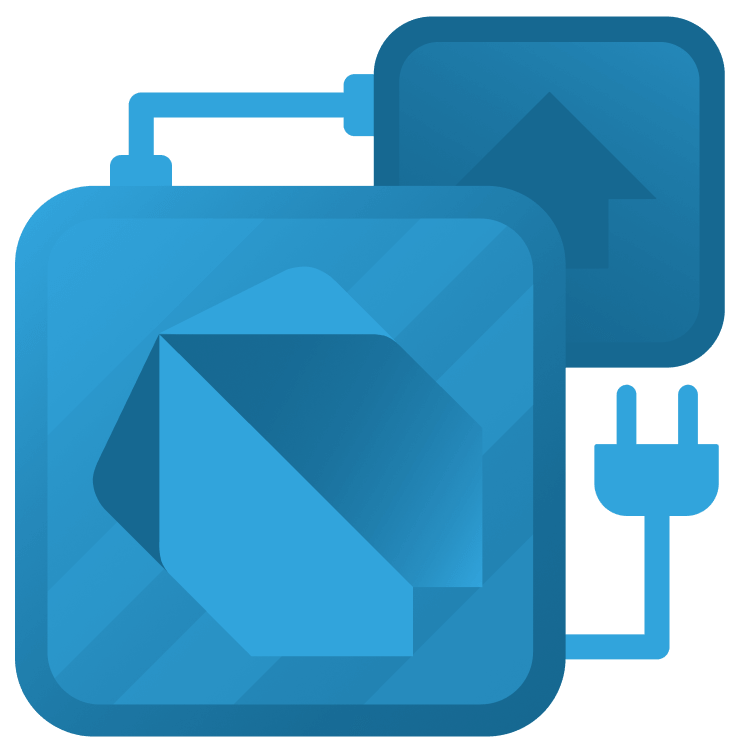
Dart Extensions Tutorial: Improve your Flutter Code
Learn how to take your Flutter skills to the next level and make your code reusable with one of Dart’s most useful features: Dart extensions. By Sébastien Bel.
Sign up/Sign in
With a free Kodeco account you can download source code, track your progress, bookmark, personalise your learner profile and more!
Create accountAlready a member of Kodeco? Sign in
Sign up/Sign in
With a free Kodeco account you can download source code, track your progress, bookmark, personalise your learner profile and more!
Create accountAlready a member of Kodeco? Sign in
Sign up/Sign in
With a free Kodeco account you can download source code, track your progress, bookmark, personalise your learner profile and more!
Create accountAlready a member of Kodeco? Sign in
Contents
Dart Extensions Tutorial: Improve your Flutter Code
30 mins
- Getting Started
- What Is an Extension Method?
- Purpose
- Comparison with Alternatives
- Creating and Using a Basic Extension
- Syntax
- Creating StringCaseConverter Extension
- Advanced Usages
- Nullable Types
- Generics
- Private Dart Extensions
- Static Functions, Constructors and Factories
- Dart Extensions on Enums
- Handling Conflicts
- Common Extension Usages
- Adding Features to Classes
- Dart Extensions as Shortcuts
- Popular Packages Using Extensions
- Extensions Everywhere ... Or not?
- Where to Go From Here?
Popular Packages Using Extensions
You might already use popular packages that let you use extensions.
Routing packages often use them to navigate directly from BuildContext. In auto_route for instance, you can go to the previous page with context.popRoute(). The same goes with go_router, where you can use context.pop().
Translation packages provide methods on String via extensions to translate them to the correct language. With easy_localization, you can call tr() on your String to translate it: hello.tr(). You can even call it on Text: Text('hello').tr().
State management packages like Provider also use them. For instance, you can watch a value from a Provider with context.watch
You can even search for extensions on pub.dev, and you'll find packages that only contain extensions to add common features to native types or to be used as shortcuts.
Extensions Everywhere ... Or not?
Dart extensions give superpowers to your classes. But with great power comes great responsibility.
Writing shorter code isn't always the best way to make a project grow, especially when you're part of a team. When working on a Flutter project, Flutter and Dart APIs are the common base every developer should know.
- If you rely too much on extensions, you can lose familiarity with the general Flutter and Dart APIs.
You might have difficulties when joining new projects where extensions aren't used. It might take you longer to get familiar with the project.
- Other developers are not familiar with your extensions.
If other developers join your project, they might have difficulty understanding your code and following your practices. They'll have to learn your extensions in addition to everything else they'll need to learn, like the business and the architecture.
In general, use extensions but don't rely too much on them.
Where to Go From Here?
Download the completed project files by clicking the Download Materials button at the top or bottom of the tutorial. Now, you should better understand Dart extensions and how to use them in your Flutter apps.
A package that makes heavy use of extensions is RxDart.. Learn more about it in RxDart Tutorial for Flutter: Getting Started.
We hope you enjoyed this tutorial. If you have any questions or comments, please join the discussion below!